Stay informed with our live coronavirus tracker, offering real-time updates on total COVID-19 cases, deaths, recoveries, and global trends. This interactive dashboard provides the latest statistics from trusted health sources to help you monitor the ongoing impact of the pandemic. Whether you're tracking outbreaks by country, state, or globally, get accurate and timely data to stay safe and make informed decisions. Bookmark this page for daily updates and vital COVID-19 news from around the world.
Coronavirus latest: Brazil's death toll rises by 143,243 even as new
COVID-19 Live updates- Total number of cases passes 34,056,217
Coronavirus Covid 19 Latest News- Covid 19 Death Tolls 1,015,998
Coronavirus Covid 19 USA Death report 211,216
Daily report
COVID-19
CORONAVIRUS PANDEMIC - Last updated: Sep 30, 2020, 17:53 GMT
Coronavirus Cases
|
34,056,217 |
Deaths
|
1,015,998 |
Recovered
|
25,300,068
|
UK Reports 42,143 coronavirus deaths -
Live updates
Coronavirus latest:
India's death toll rises by 98,616 even as new
Coronavirus
Disease 2019 (COVID-19)
Click for Coronavirus worldwide current map
World Meter Current Reader-Timer
Do You Know Coronavirus Symptoms?
Call your doctor
Friends, if you think you have been exposed to COVID-19
and develop a fever and symptoms, such as cough or difficulty breathing, call
your healthcare provider for medical advice.
Watch for
symptoms
For reported illnesses have ranged from mild symptoms to severe illness and death for confirmed coronavirus disease 2019 (COVID-19) cases.
The following symptoms may appear 2-14 days after exposure.
1.
Fever
2.
Cough
3.
Shortness of breath
Symptoms are based on what has been seen
previously as the incubation period of MERS-CoV viruses.
Fever
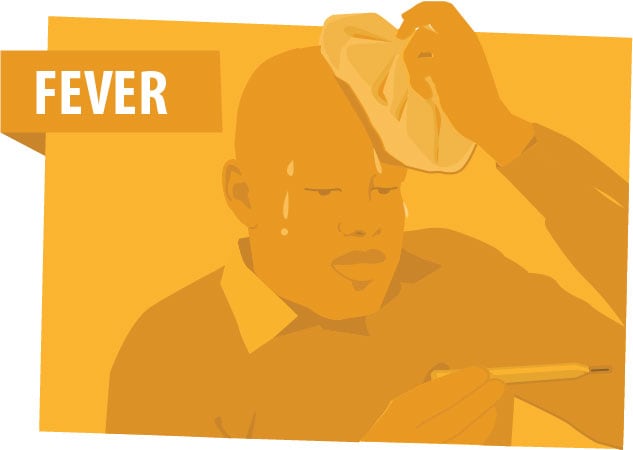
Cough
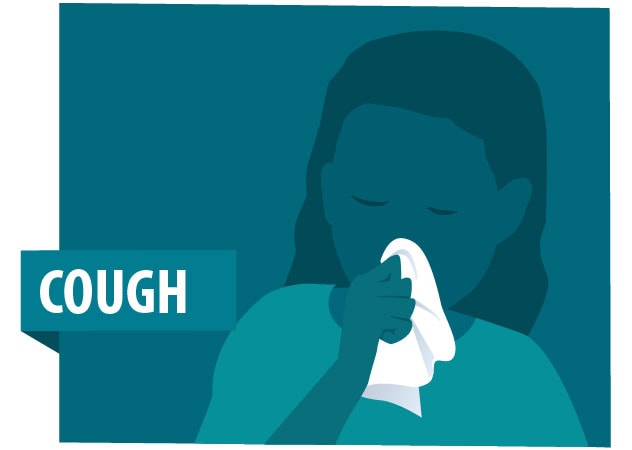
Shortness of breath
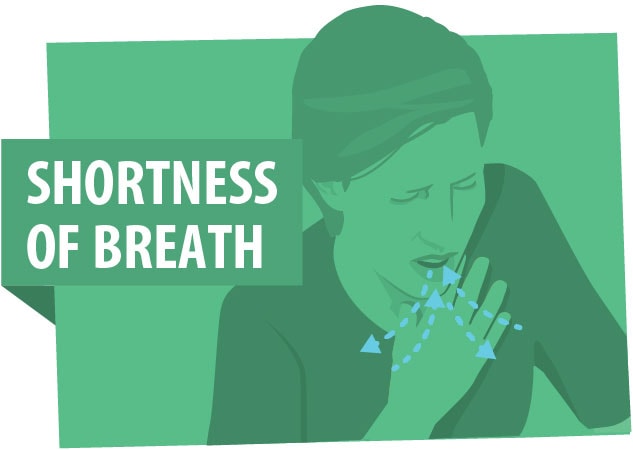
So friends, if you develop emergency warning signs
for COVID-19 get medical attention immediately. Emergency warning signs
include -
1. Trouble breathing
2. Persistent pain or pressure in the chest
3. New confusion or inability to arouse
4. Bluish lips or face
NOTE: This list
is not all inclusive. Please consult your medical provider for any other
symptoms that are severe or concerning.
How to Protect Yourself?
Know How it
Spreads
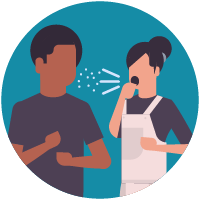

1.
There is currently no vaccine to prevent coronavirus
disease 2019 (COVID-19).
2.
The best way to prevent illness is to
avoid being exposed to this virus.
3.
The virus is thought to spread mainly from
person-to-person.
- Between people who are in close contact with one another (within about 6 feet).
- Through respiratory droplets produced when an infected person coughs or sneezes.
4.
These droplets can land in the mouths or noses of people
who are nearby or possibly be inhaled into the lungs.
Must take steps to protect yourself
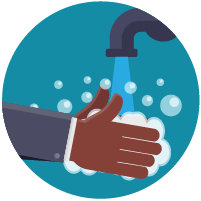
Clean your hands often
1.
Wash your hands often with soap and water for at least 20 seconds especially after you
have been in a public place or after blowing your nose, coughing, or sneezing.
2.
If soap and water are not readily available, use a
hand sanitizer that contains at least 60% alcohol. Cover all surfaces of
your hands and rub them together until they feel dry.
3.
Avoid touching your eyes, nose, and mouth with unwashed hands.
Avoid close contact
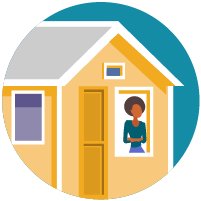
1. Avoid close contact with people who are
sick
2. Put distance between yourself and other people if COVID-19 is spreading in your community.
This is especially important for people who are at higher risk of getting very
sick.
Must take steps to protect others
Stay
home if you’re sick
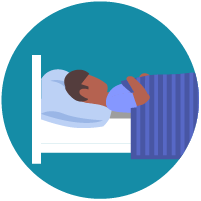
1. Stay home if you are sick, except
to get medical care. Learn what to do if you are sick.

Must cover coughs and sneezes
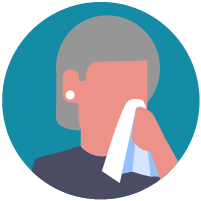
1.
Cover your mouth and nose with a tissue when you cough or sneeze or use the inside of your elbow.
2.
Throw used tissues in the trash.
3.
Immediately wash your hands with soap and water
for at least 20 seconds. If soap and water are not readily available, clean
your hands with a hand sanitizer that contains at least 60% alcohol.
Wear a facemask if you are sick
1. If you are sick: You should wear a
facemask when you are around other people (e.g., sharing a room or vehicle) and
before you enter a healthcare provider’s office. If you are not able to wear a
facemask (for example, because it causes trouble breathing), then you should do
your best to cover your coughs and sneezes, and people who are caring for you
should wear a facemask if they enter your room. Learn what to do if you are
sick.
2. If you are NOT sick: You do not need to wear
a facemask unless you are caring for someone who is sick (and they are not able
to wear a facemask). Facemasks may be in short supply and they should be saved
for caregivers.
Must clean and disinfect
1. Clean AND disinfect frequently touched
surfaces daily. This includes tables, doorknobs, light switches,
countertops, handles, desks, phones, keyboards, toilets, faucets, and sinks.
2. If surfaces are dirty, clean them: Use detergent or soap
and water prior to disinfection.
Must read to disinfect
Most common EPA-registered household disinfectants will work. Use disinfectants appropriate for the surface.
Options include:
1. Diluting your household bleach.
To make a bleach solution, mix:
I.
5
tablespoons (1/3rd cup) bleach per gallon of water
OR
II.
4
teaspoons bleach per quart of water
Follow
manufacturer’s instructions for application and proper ventilation. Check to
ensure the product is not past its expiration date. Never mix household bleach
with ammonia or any other cleanser. Unexpired household bleach will be
effective against coronaviruses when properly diluted.
2. Alcohol solutions.
Ensure solution has at least 70% alcohol.
3. Other common EPA-registered household
disinfectants.
Products with EPA-approved emerging viral pathogens pdf iconexternal icon claims are expected to be effective against COVID-19 based on data for harder to kill viruses. Follow the manufacturer’s instructions for all cleaning and disinfection products (e.g., concentration, application method and contact time, etc.).
Refer complete disinfection guidance
Coronavirus Hand Wash Technique WHO
Follow us @
#Pinterest, #LinkedIn, #FcBk, #X, #FBPage, #Tele, #GovJob, #Awareness, #Information, #HealthiFashion, #OldPapers, #Insta


